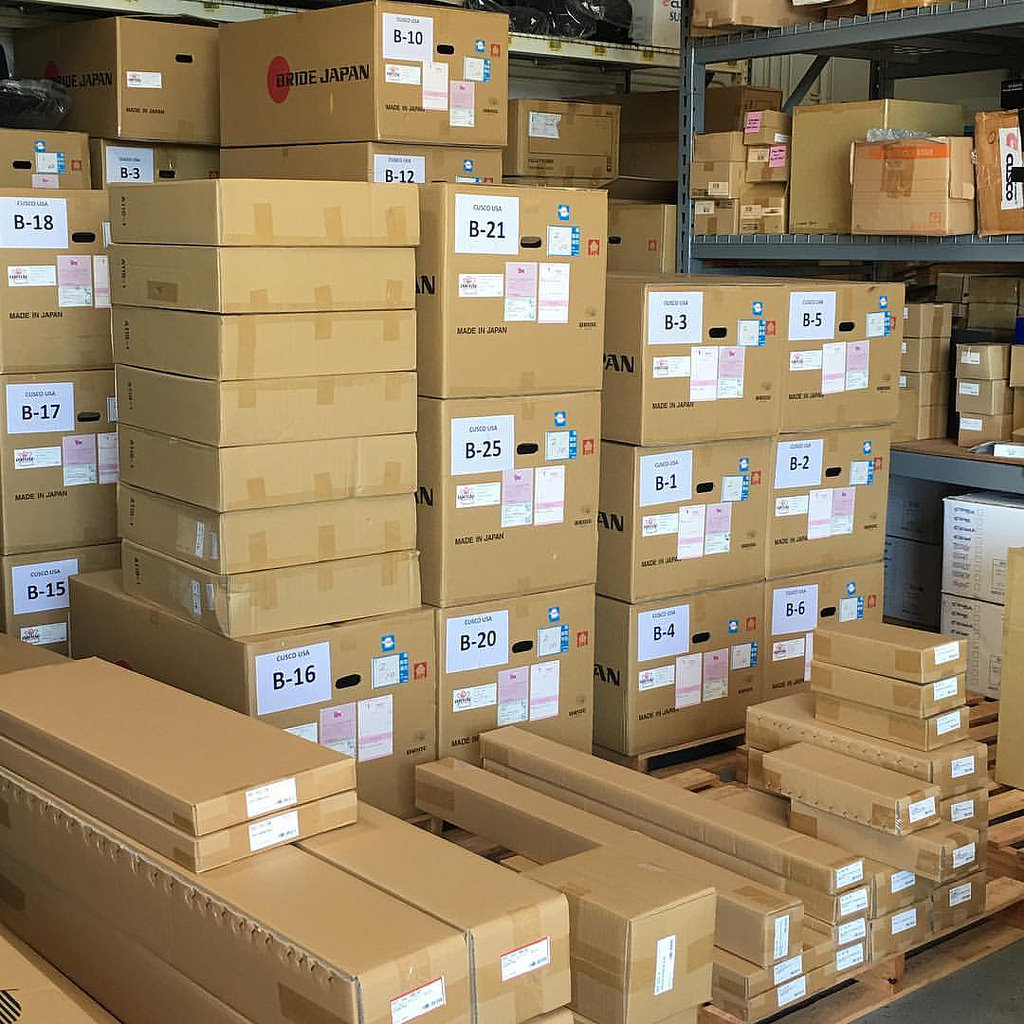Standard Inventory Valuation & Costing Methods
Post on Friday, December 15th, 2017 in Accounting

Inventory management can be intimidating, but valuation and costing is actually much simpler than it appears. Of course, there’s a lot that goes into it and it’s easy to lose direction.
Instead of wondering why you’re leaking money or your valuation has been off, you should be actively seeking solutions, and this requires a little legwork. To help, this post will describe the best inventory valuation methods and how each of them impacts your business.
Inventory Costing Methods
What inventory costing method you use depends on pricing, and, as basic as it sounds, it is important that you know the difference between price and cost.
Price is what you receive for your products or services, whereas cost refers to your inventory-related expenses. Inventory valuation includes not only the cost of inventory items “as is”, but also additional expenses, such as shipping costs, customs fees, packaging, and other associated expenses.
Now that you have that basic understanding, let’s move onto the juicier stuff in the world of inventory costing methods. Here, we will examine four inventory valuation methods: standard costs accounting, weighted average cost method, FIFO costing, and LIFO costing.
Standard Costing Accounting Method
This method implies manual assigning of cost to items, but it can be rather tedious, even if you have an inventory management system.
Besides, prices always change, so the cost should always be adjusted accordingly. Finally, manual methods can result in human mistakes. Therefore, take a look at other inventory costing methods, which are more convenient and efficient.
Weighted Average Cost Method
Weighted average, or moving average, is one of the most popular costing methods.
To calculate a weighted average, divide the total cost of purchased items by the number of items in stock. Such calculations should be made with each new purchase of inventory. To simplify the process of calculations, it’s probably a good idea to use inventory management software.
Example of Weighted Average Cost Method
Let’s suppose that you purchased two batches of blank T-shirts for your T-shirt printing business. The first batch cost you $10 per shirt, whereas the second batch cost you $15 per shirt.
In the first batch, you purchased 200 T-shirts for $10, and in the second batch, you purchased 50 T-shirts for $15. The total amount of T-shirts, then, would sit at 250 T-shirts. At the end of your accounting period, you sold 80 T-shirts.
To value inventories, you should divide the total cost of T-shirts by their number:
200 T-shirts x $10 + 50 T-shirts x $15
—————————————————–—— = $11
200 T-shirts + 50 T shirts
This is your weighted average cost. After selling 80 T shirts, the figures will be as follows:
Cost of Good Sold: 80 T-shirts x $11 Average Cost = $880
Remaining Inventory: 170 T-shirts left x $11 Average Cost = $1,870
FIFO Costing Method
FIFO, or First In, First Out, refers to recording the oldest inventory items to be sold first. When one of such items is sold, the oldest cost of an item in inventory will be removed and then reported on the income statement as part of the cost of goods sold.
To illustrate this method of valuing inventory, let’s return to our example transaction.
The FIFO cost of our T-shirts will be $10, so the cost of goods sold after selling 80 T-shirts will be calculated as follows:
Cost of Good Sold: 80 x $10 = $800.
Here we take the oldest cost, $10, instead of an average cost from the previous example transaction. And the remaining inventory is:
Remaining Inventory: 20 T-shirts x $10 + 150 T-shirts x $15 = $2,450.
LIFO Costing Method
LIFO, or Last In, First Out, reports the most current prices in ending inventory.
This inventory valuation method is used only in the United States. Many US businesses would prefer LIFO because it over-values the inventory and reduces the income tax that they have to pay.
While permitted under the US Generally Accepted Accounting Principles, the LIFO method is banned by the International Financial Reporting Standards (IFRS), so many companies have returned to the FIFO method.
To illustrate LIFO with our example transaction, we will just take the second price at which the second batch of inventory was purchased: $15 as opposed to $10. This is our LIFO cost, and the calculations will be as follows:
Cost of Good Sold: 80 T-shirts x $15 LIFO Cost = $1,200
Remaining Inventory: 20 T-shirts x $10 + 150 T-shirts x $15 = $2,450
As you can see, the LIFO accounting shows the highest COGS figure, so this method is most convenient for taxation. However, if you want to comply with the International Financial Reporting Standards and avoid possible penalties, then you’re better off using either the FIFO or weighted average cost method.
Now you know the differences between the main inventory accounting methods.
Dynamic Inventory software supports all inventory valuation methods, enabling you to manage your inventory more efficiently and thus succeed in business. Browse our website for more information. You can also contact us and request a free demo of all features.

Adam is the Assistant Director of Operations at Dynamic Inventory. He has experience working with retailers in various industries including sporting goods, automotive parts, outdoor equipment, and more. His background is in e-commerce internet marketing and he has helped design the requirements for many features in Dynamic Inventory based on his expertise managing and marketing products online.
Learn how Dynamic Inventory can streamline your business today!
Schedule a DemoRelated Articles
see all
Use This Formula to Calculate Economic Order Quantity (EOQ)
For many businesses, inventory is the biggest asset. These companies must have enough inventory to satisfy the demand of their …

Moving Average Formula For Inventory Costs
Product cost variations affect the value of inventory and complicate the process of calculating costs of goods sold. For SMBs …

A Look Inside Starbucks’ Seamless Supply Chain
After almost 50 years in business, Starbucks now has more than 25,000 retail stores across six continents with annual revenue …

